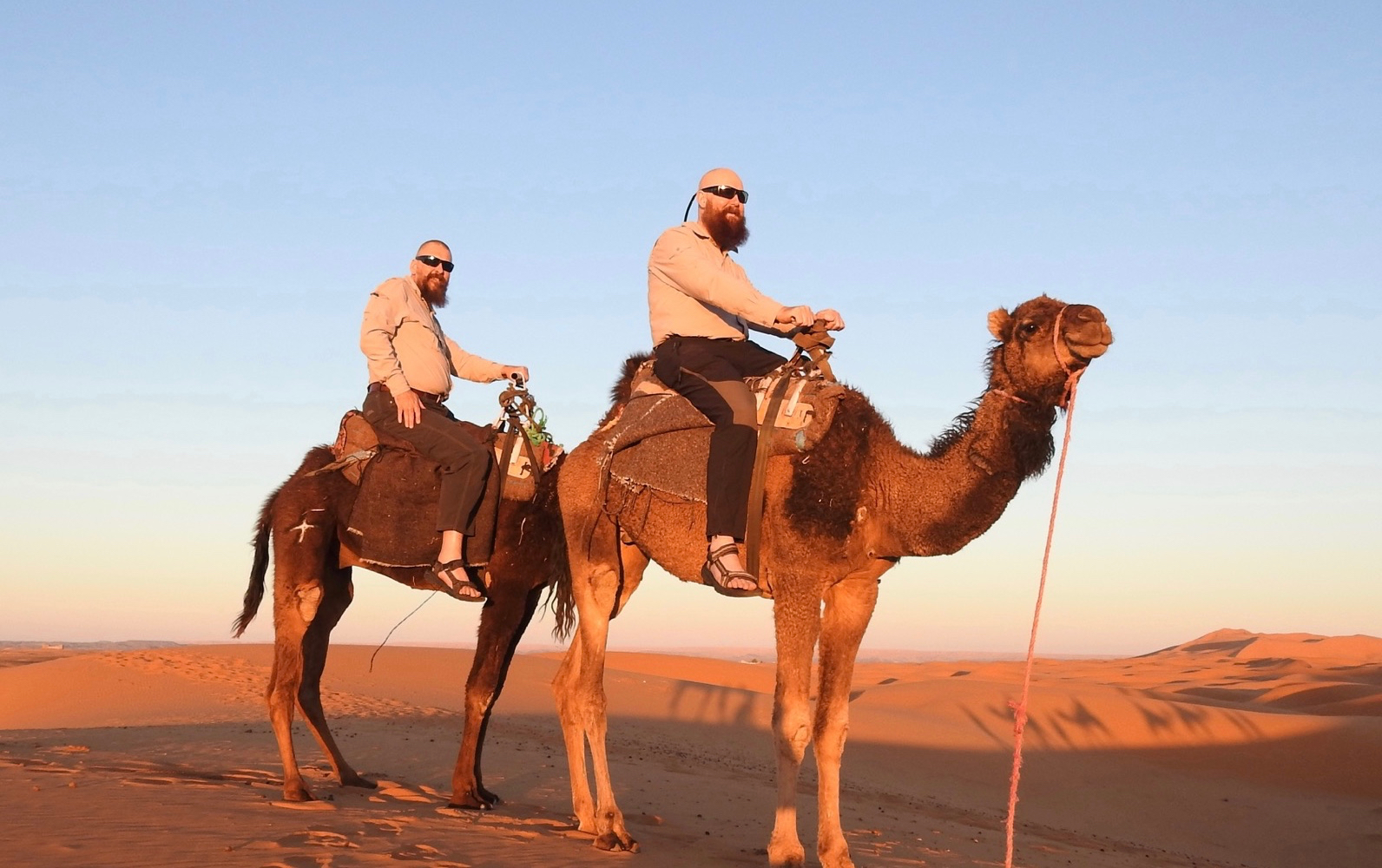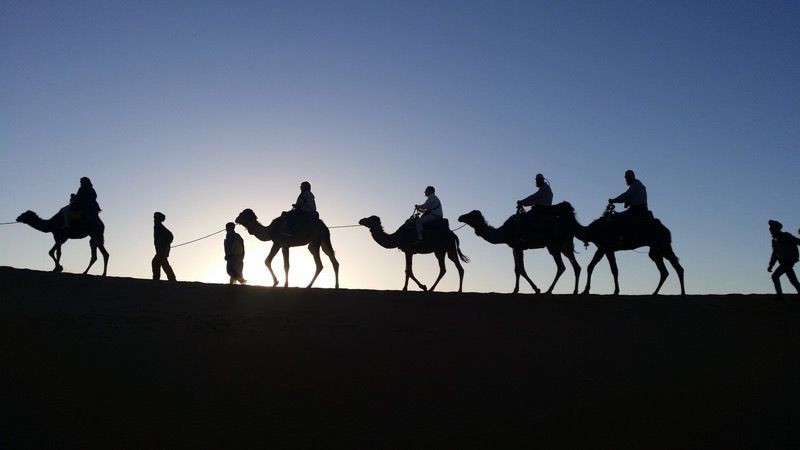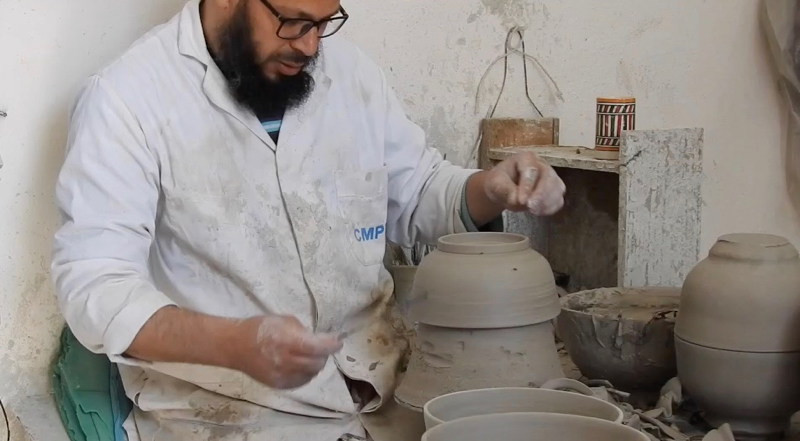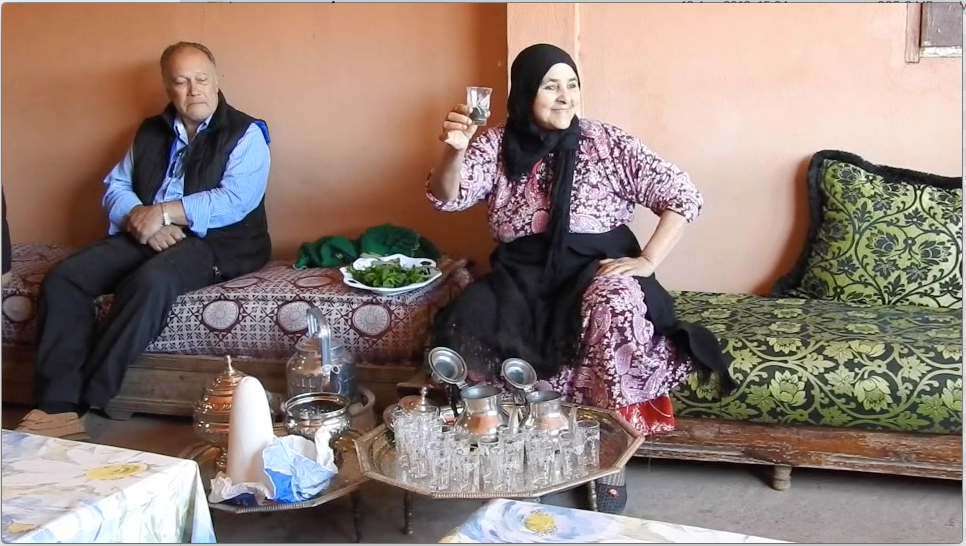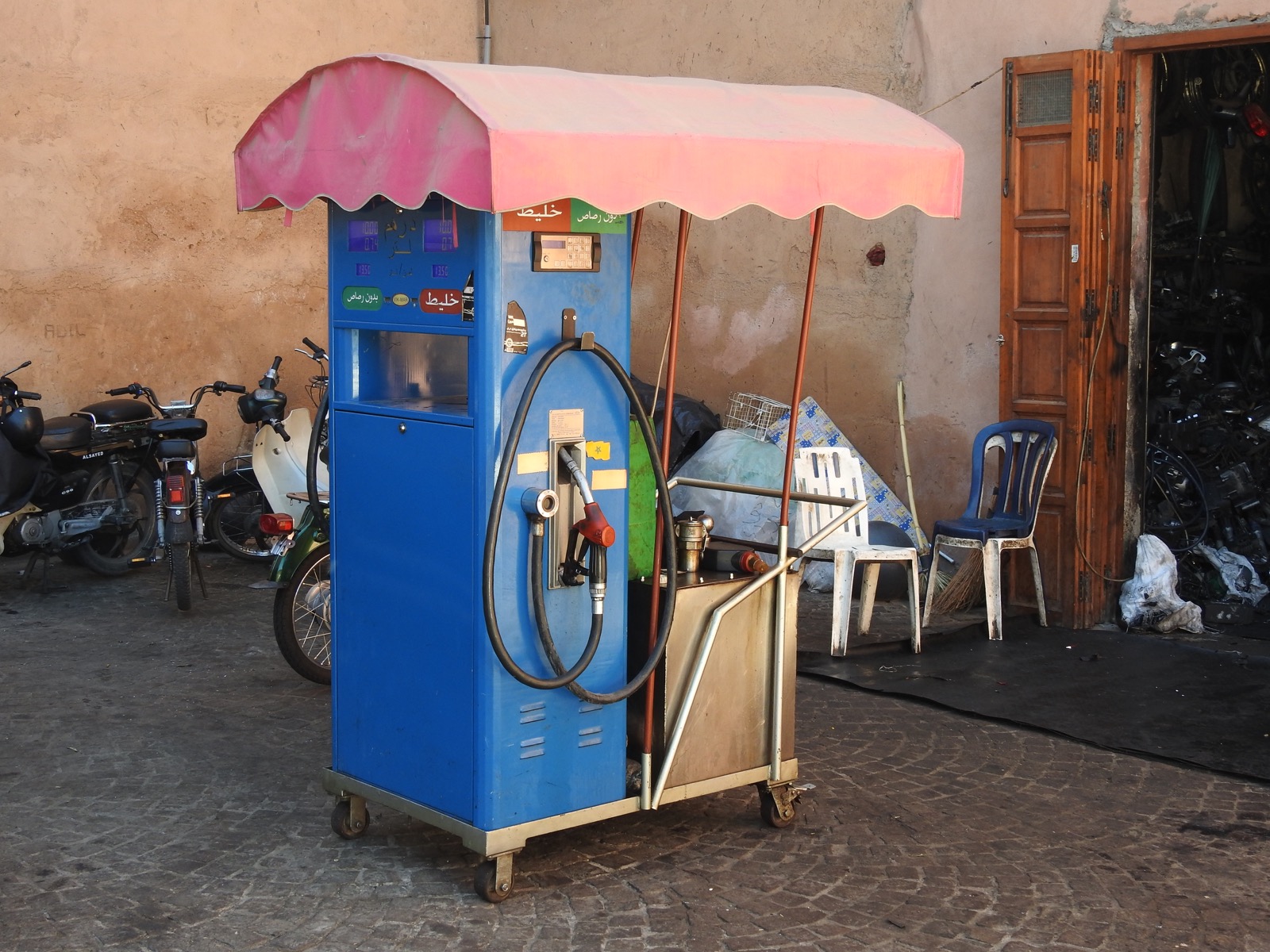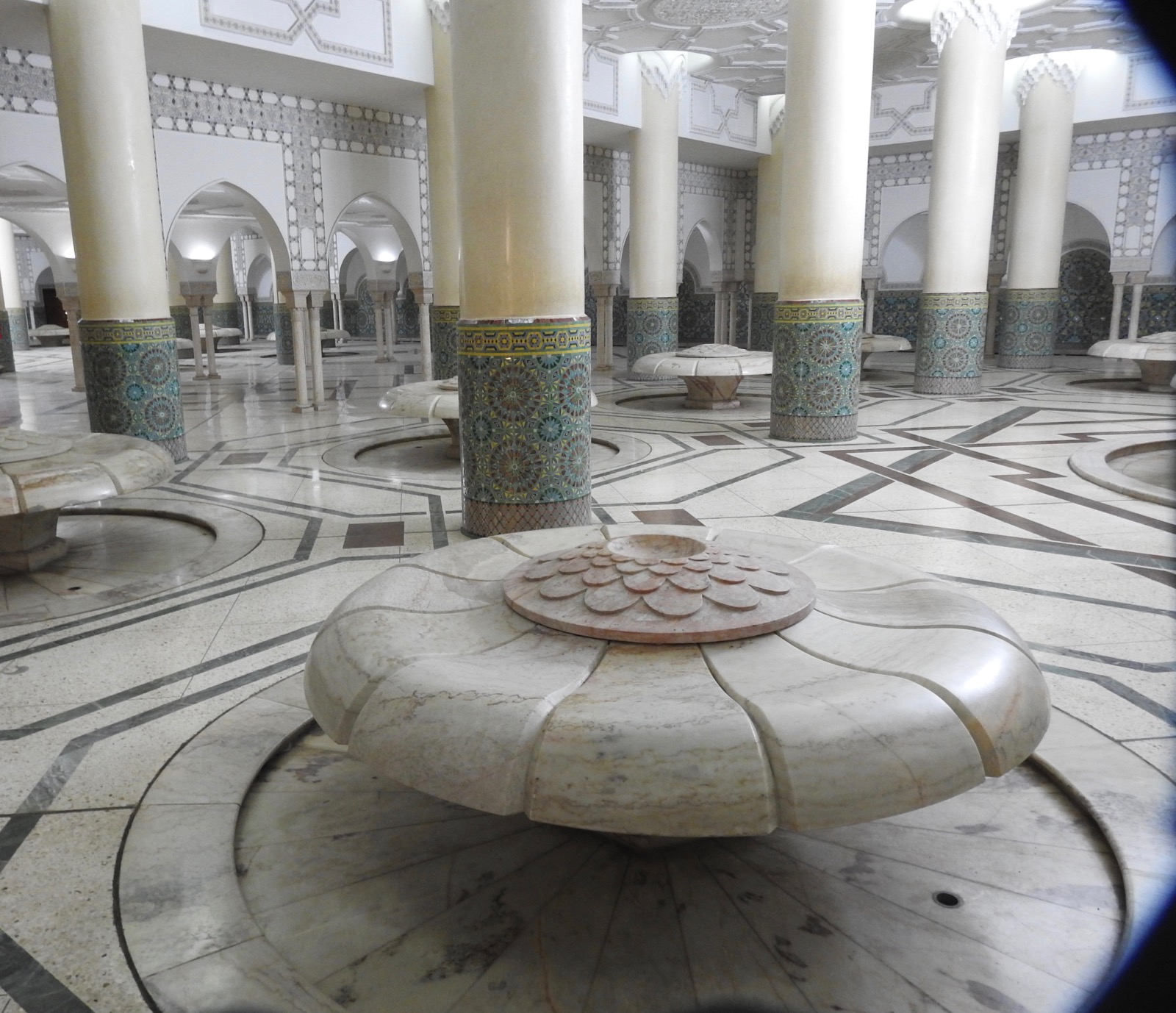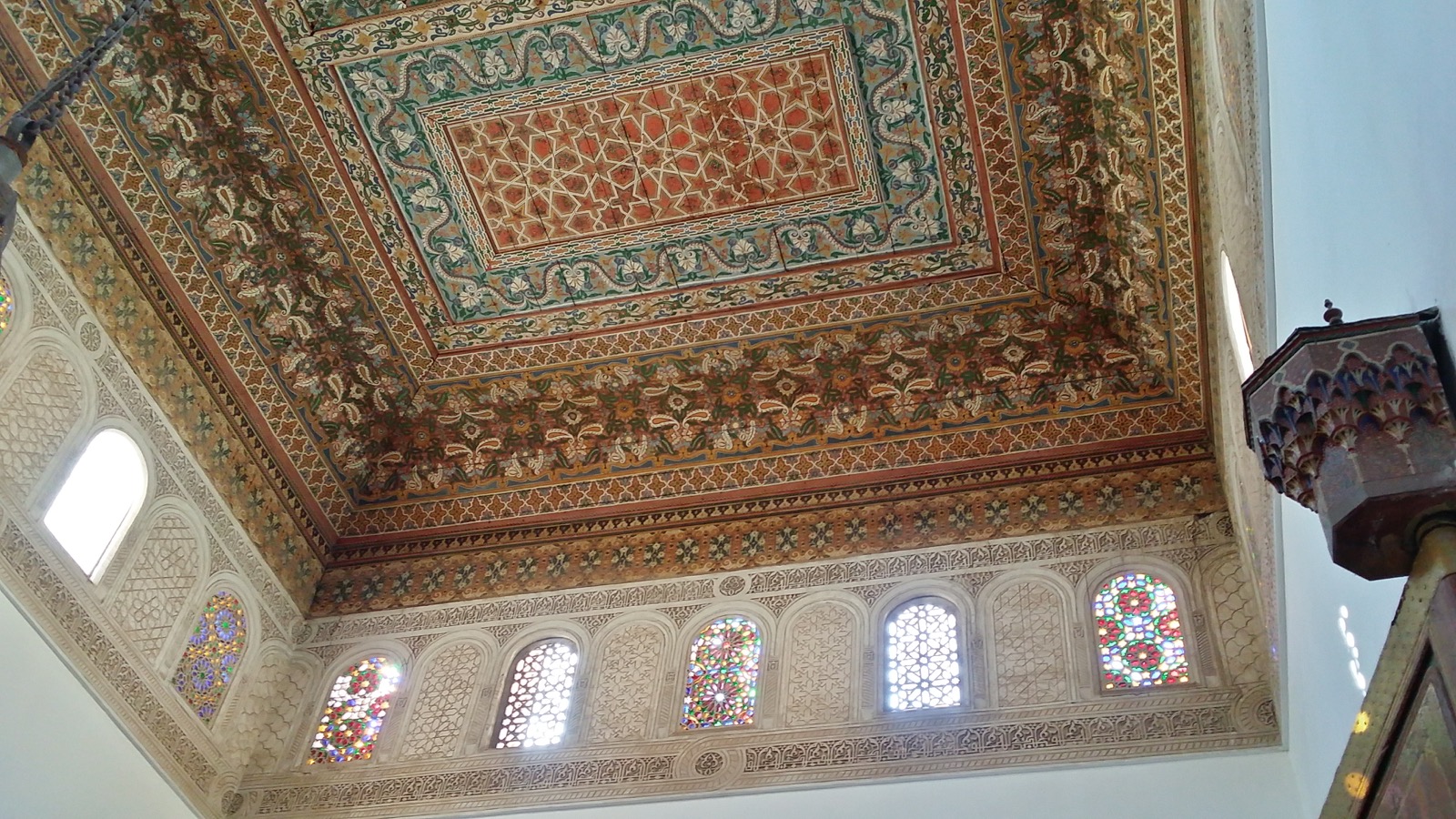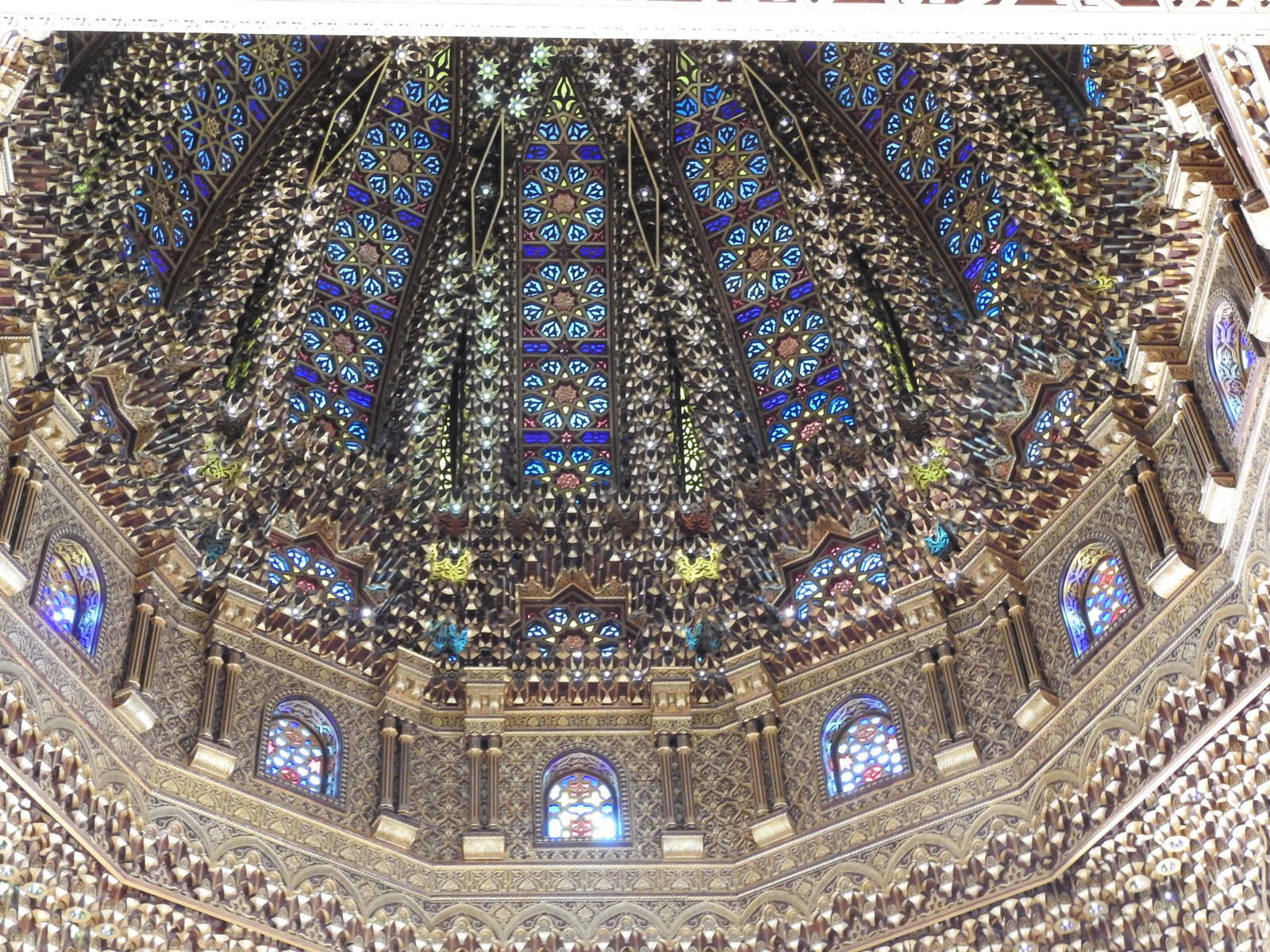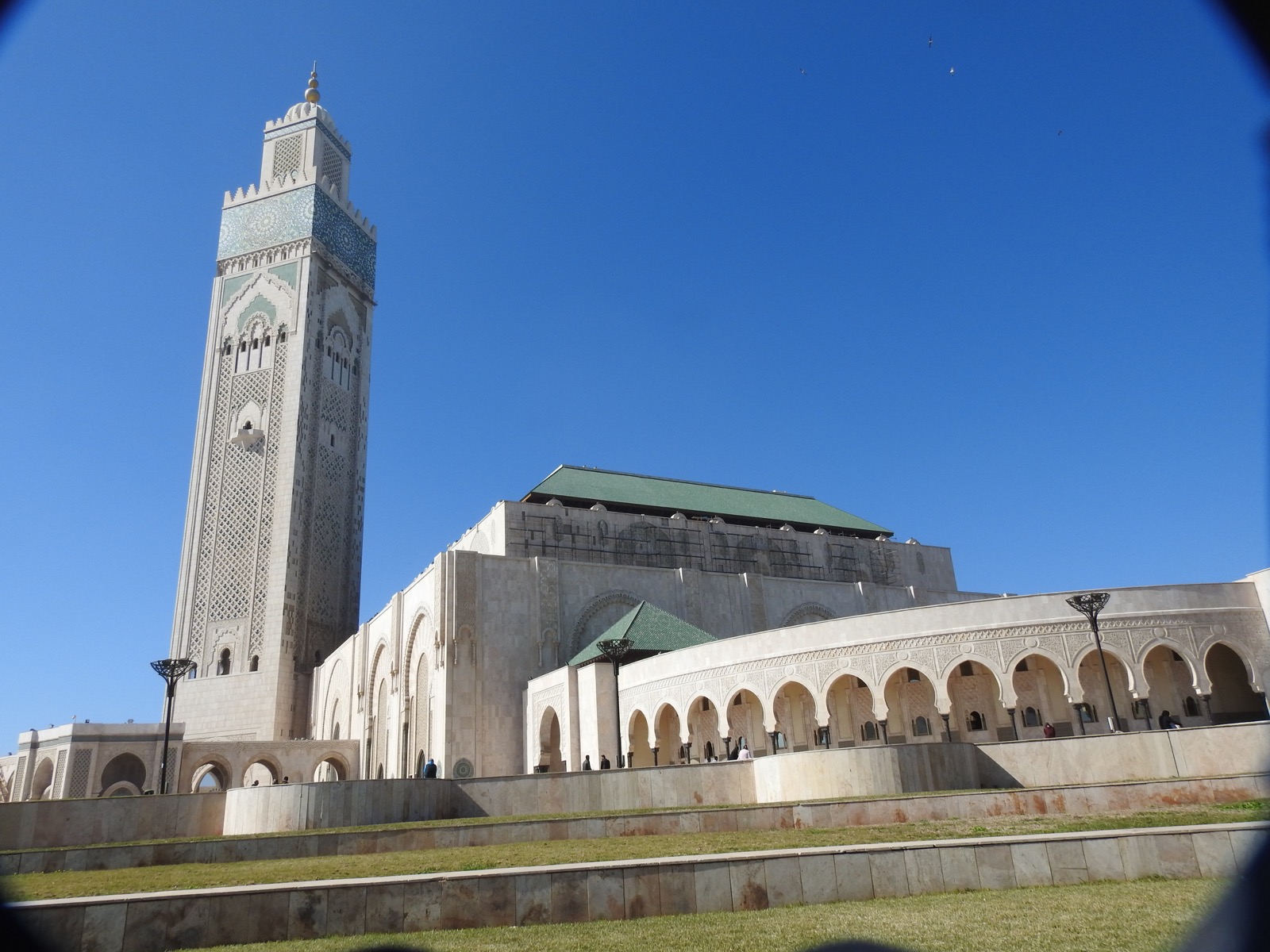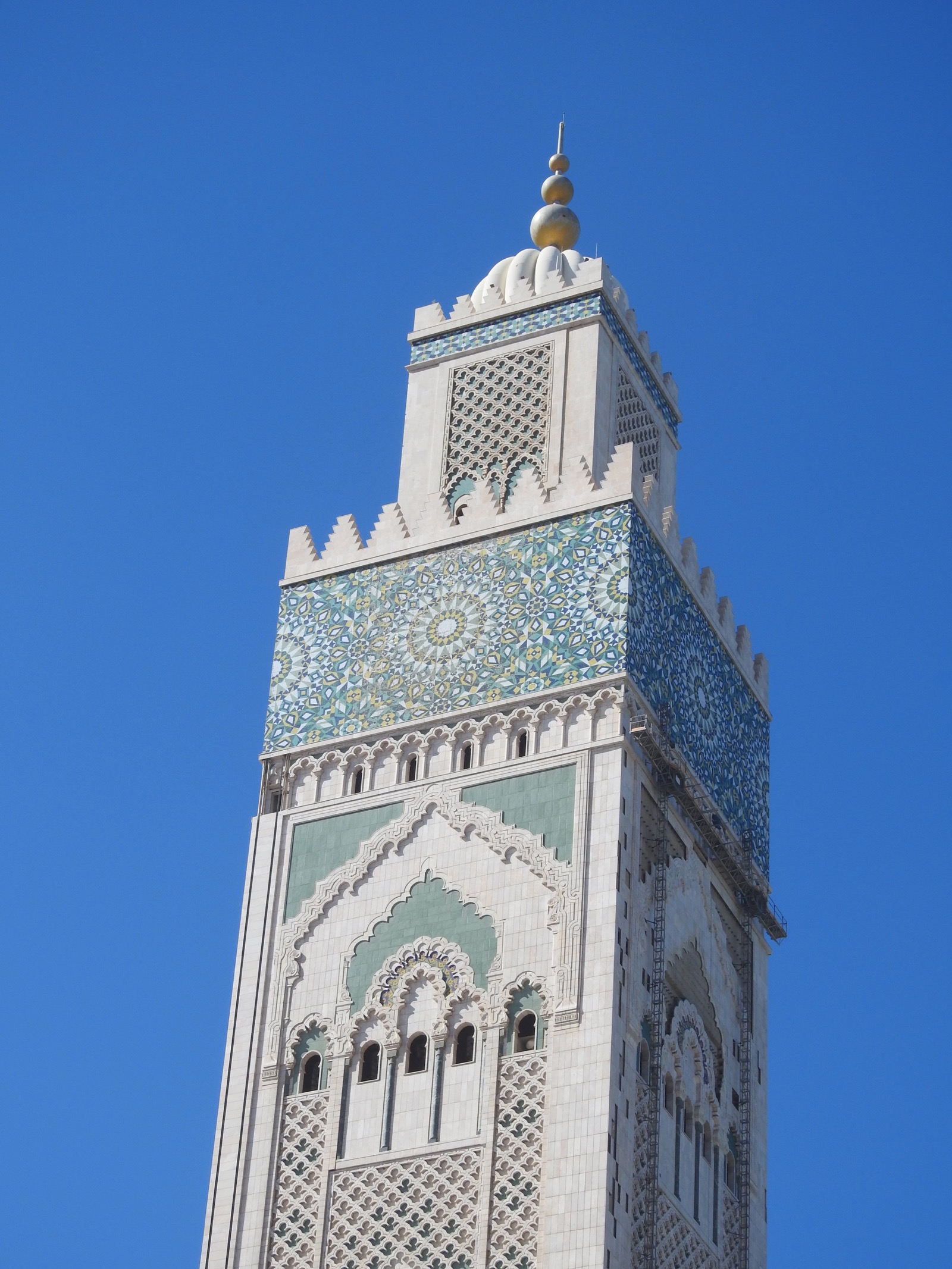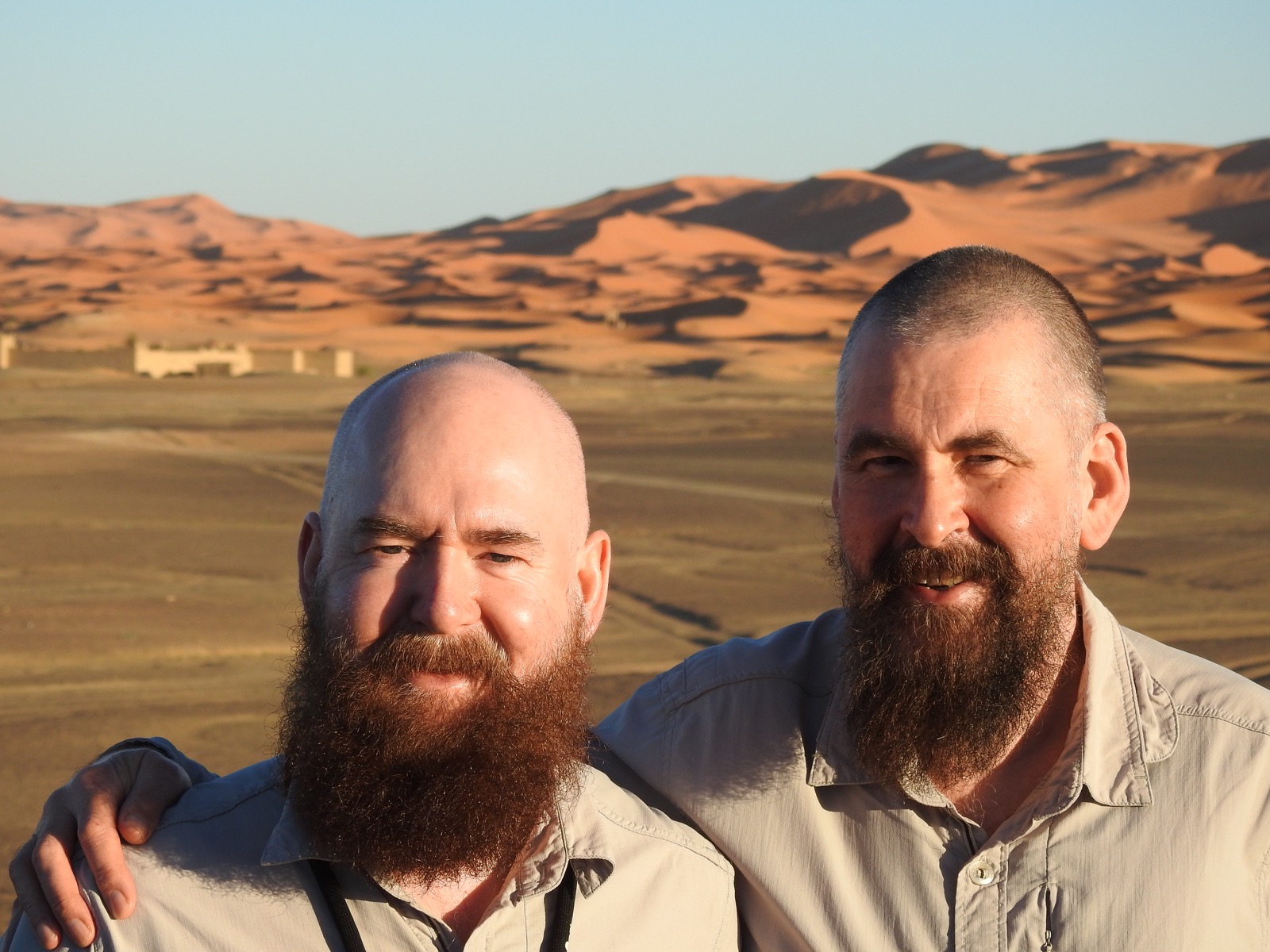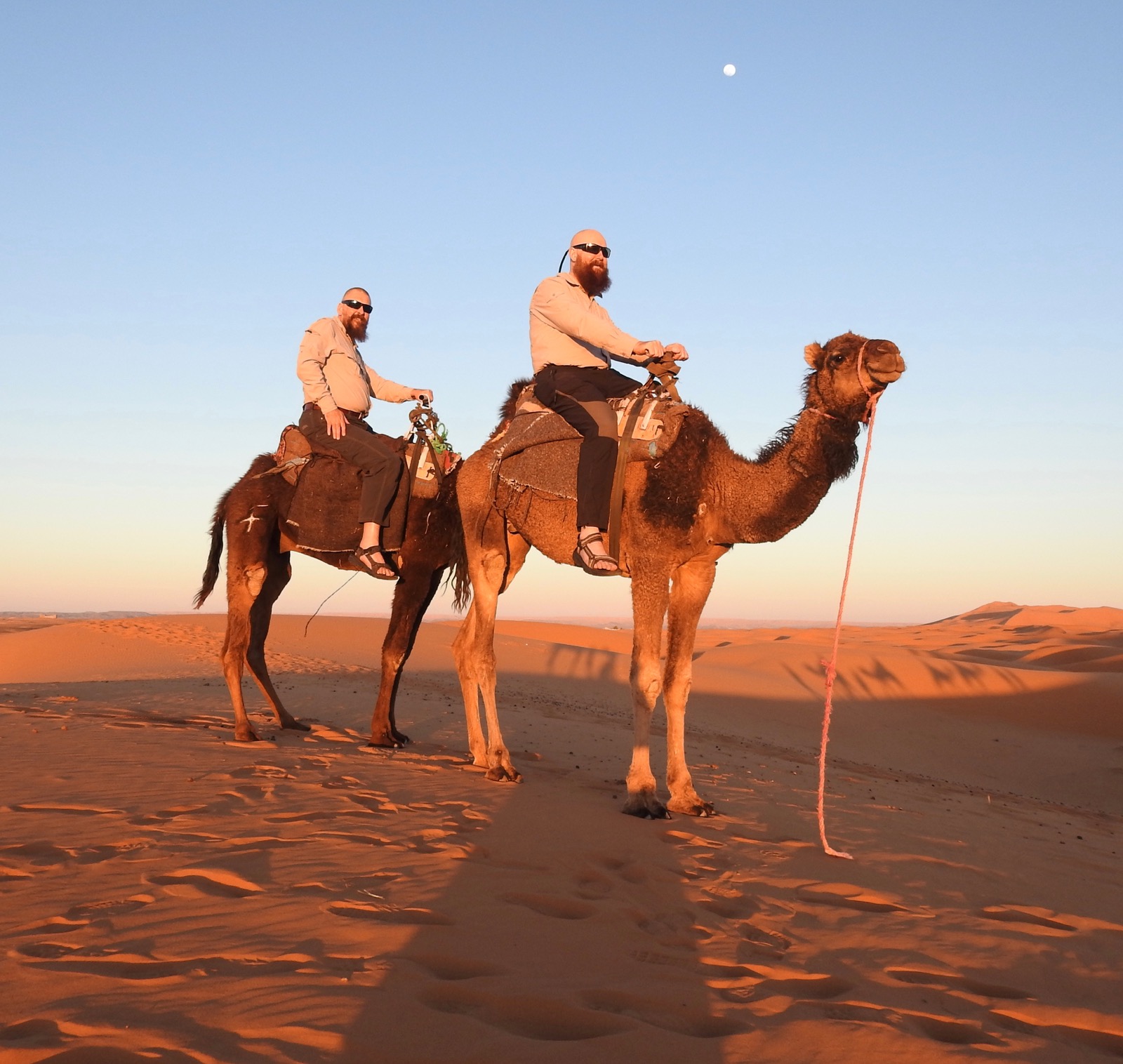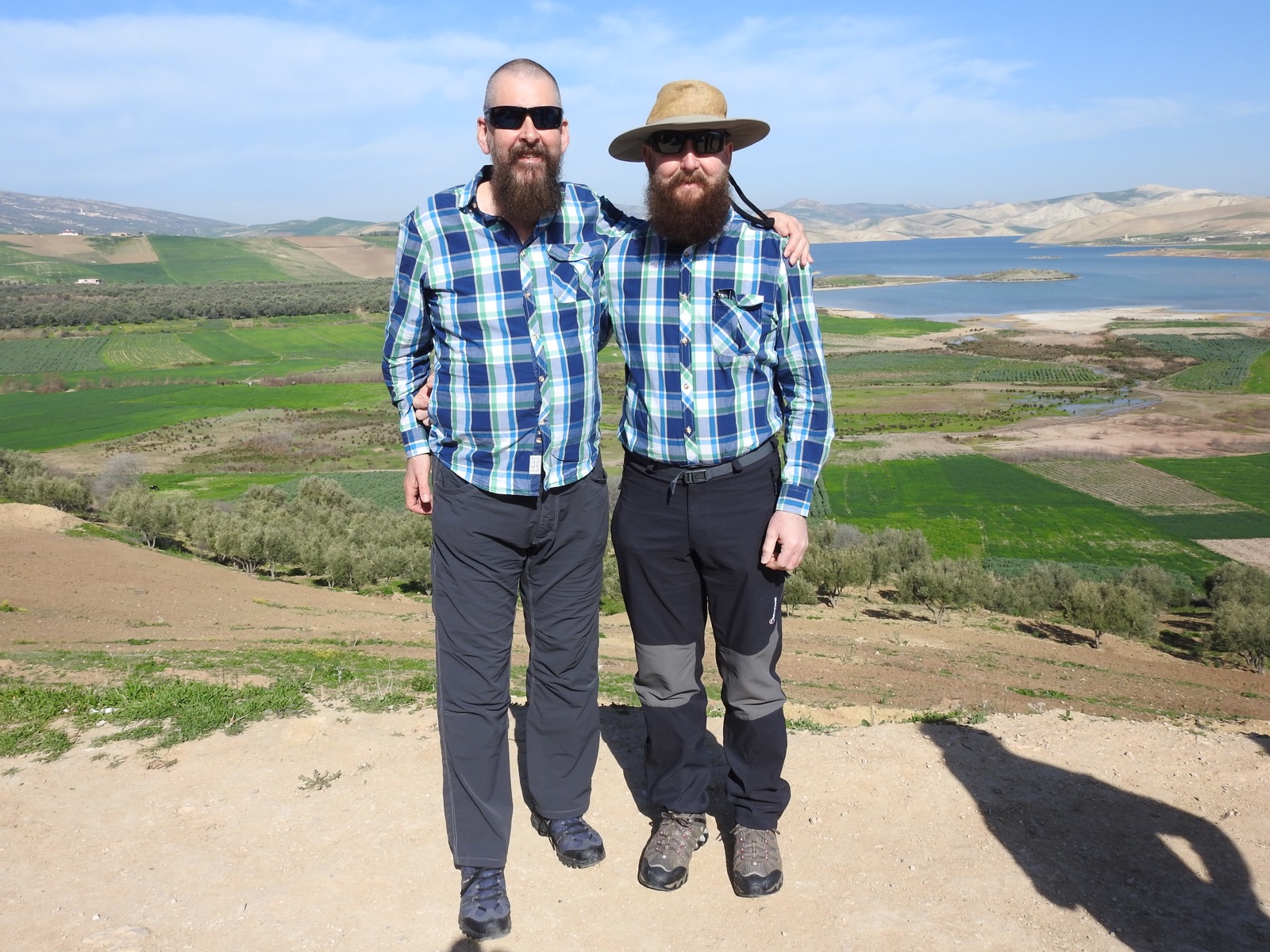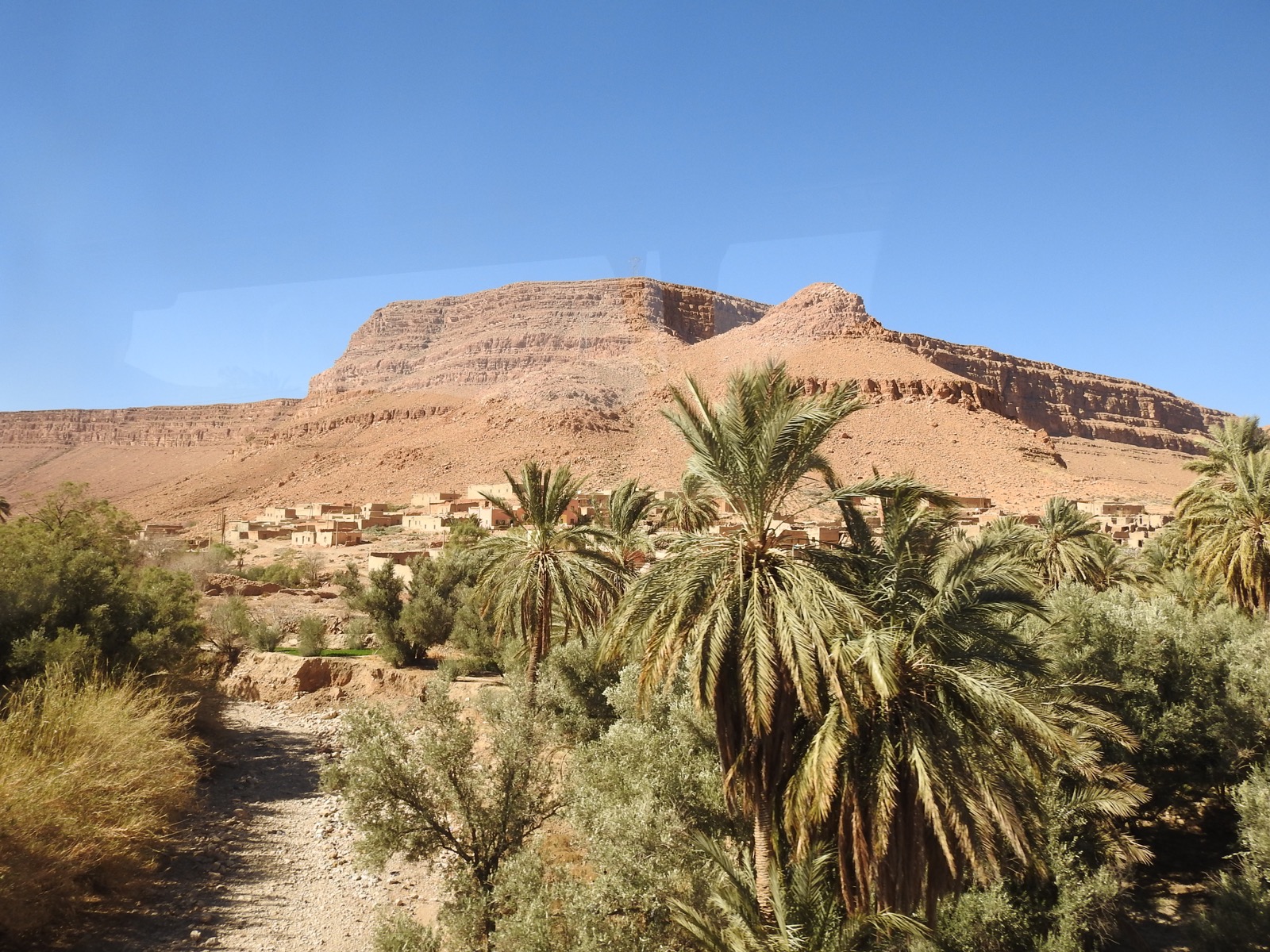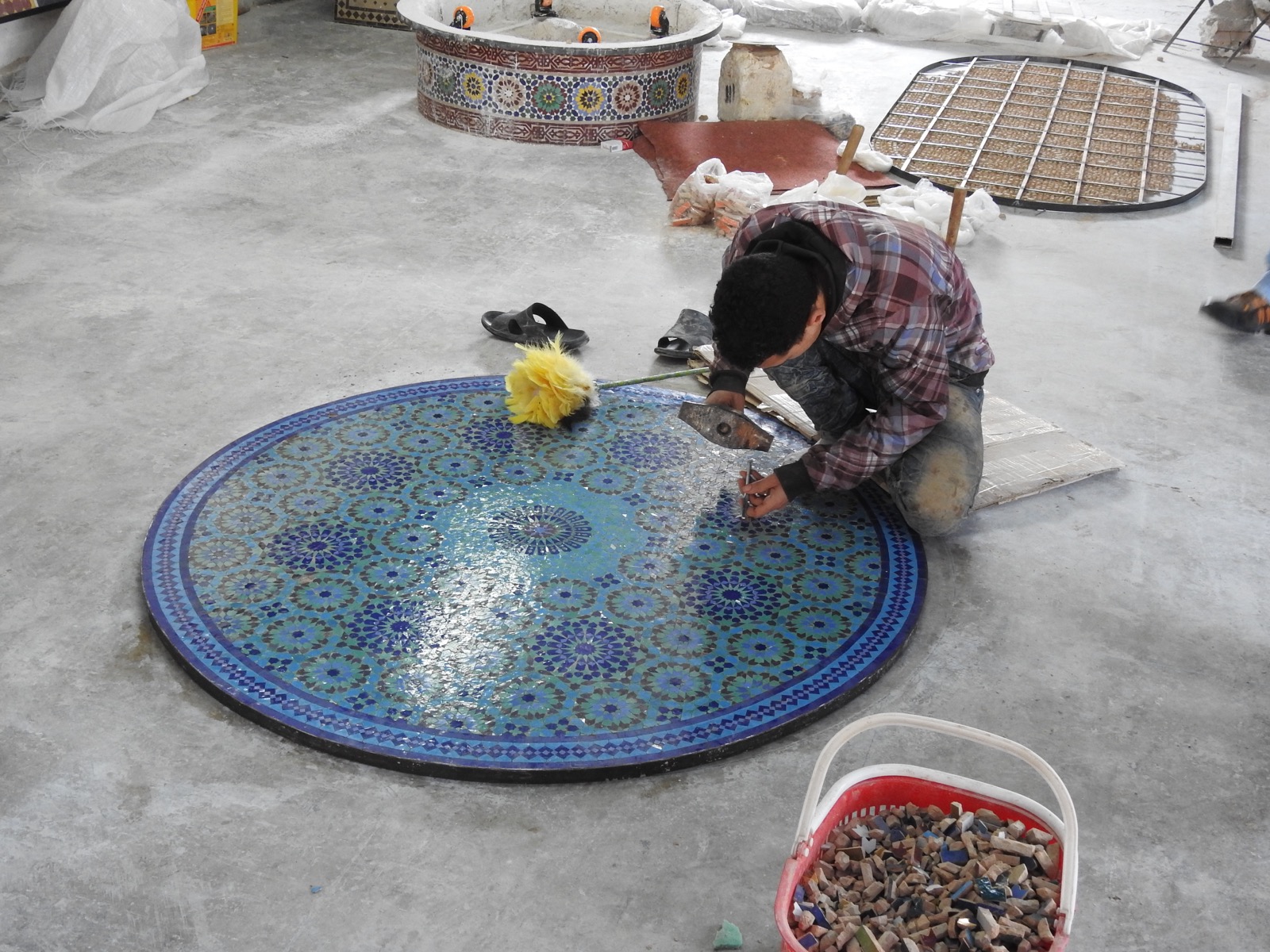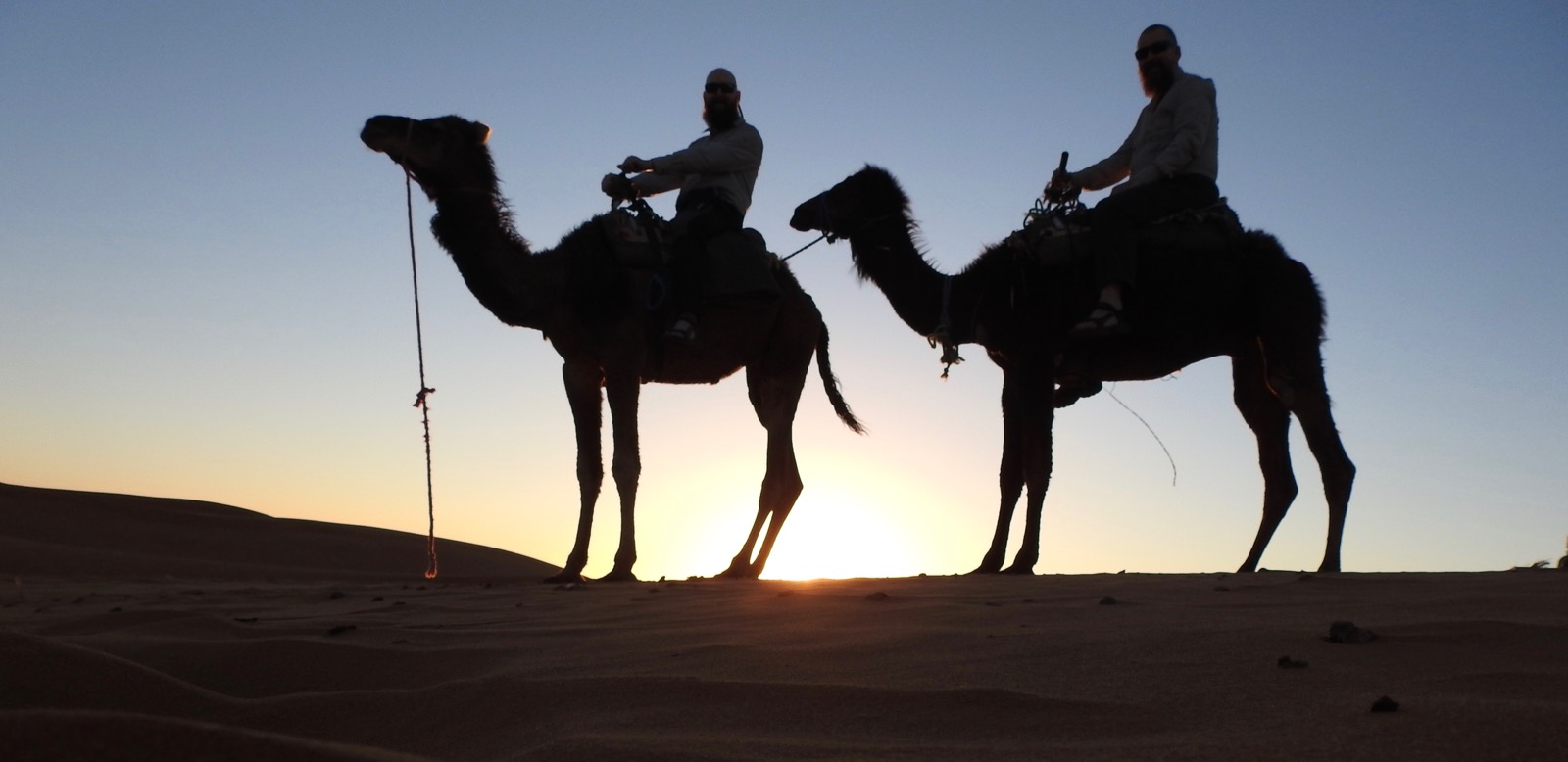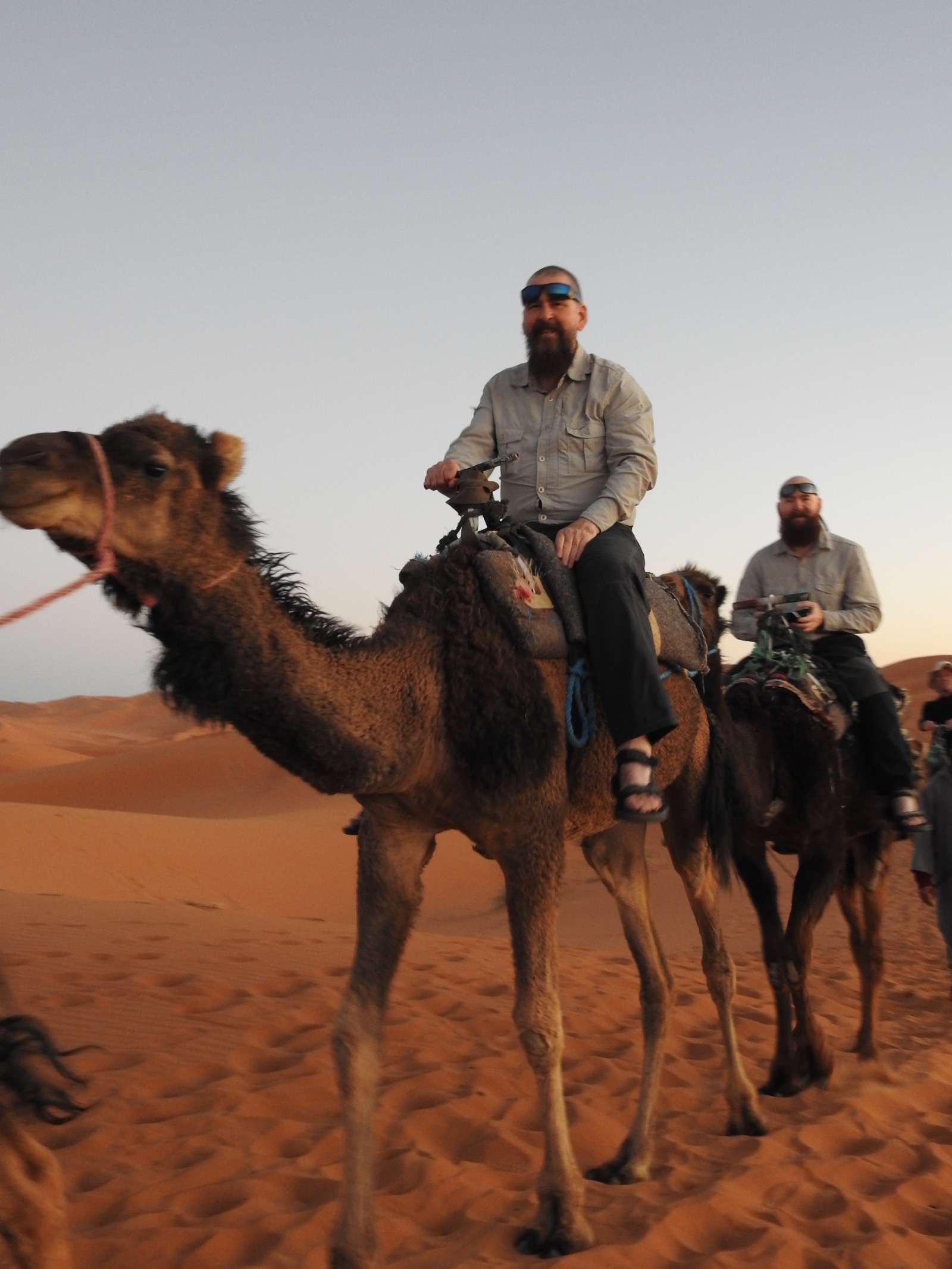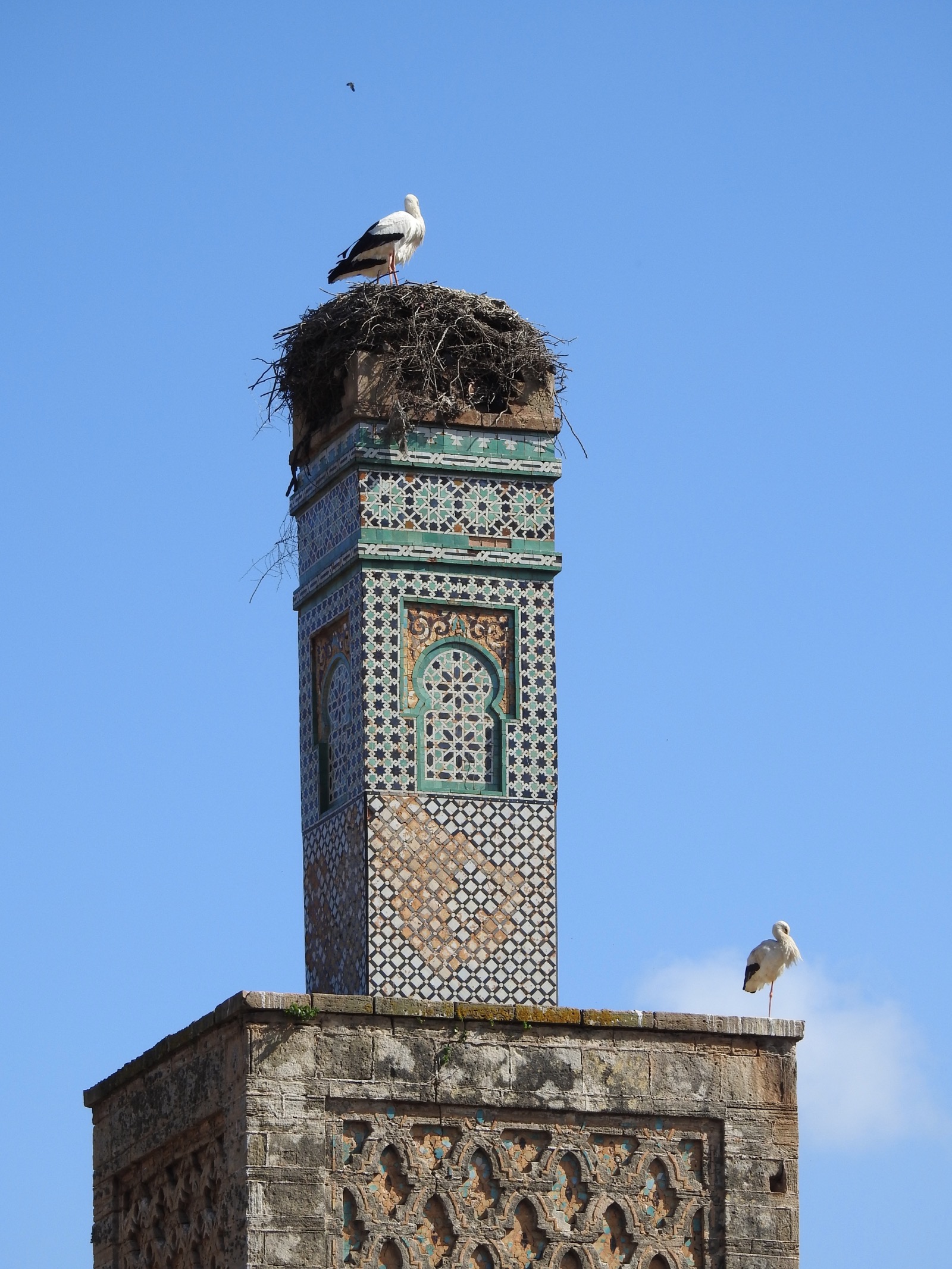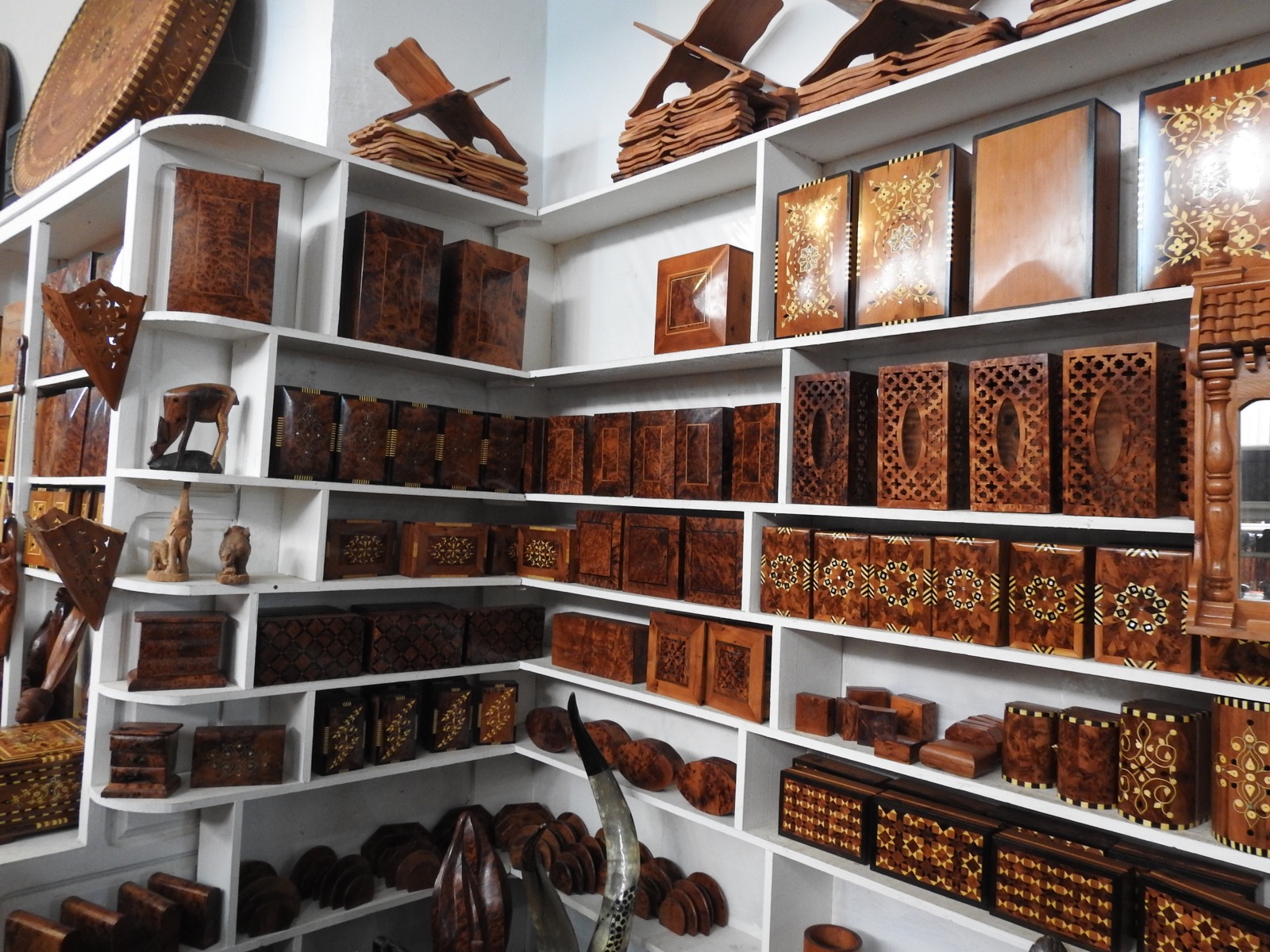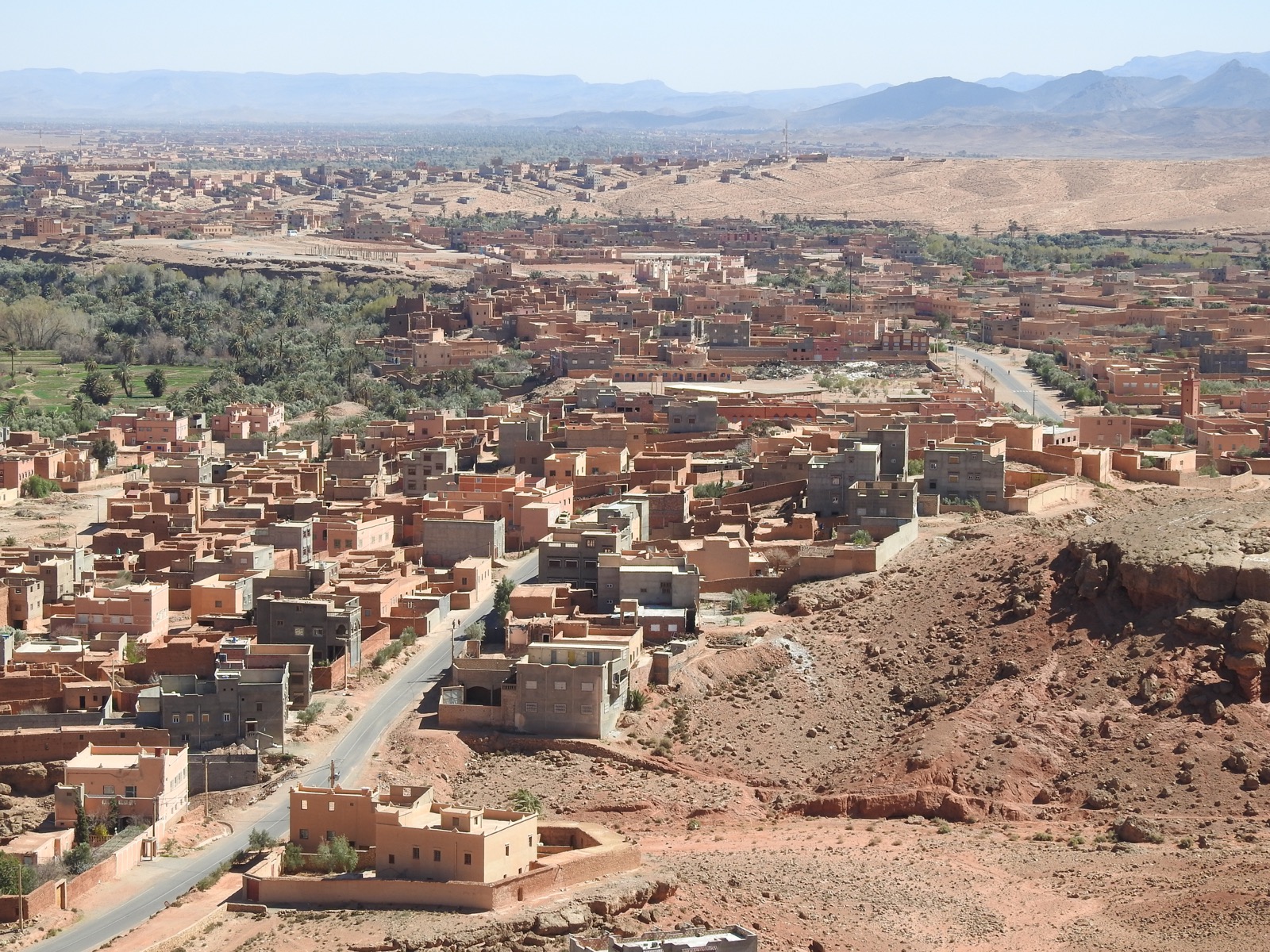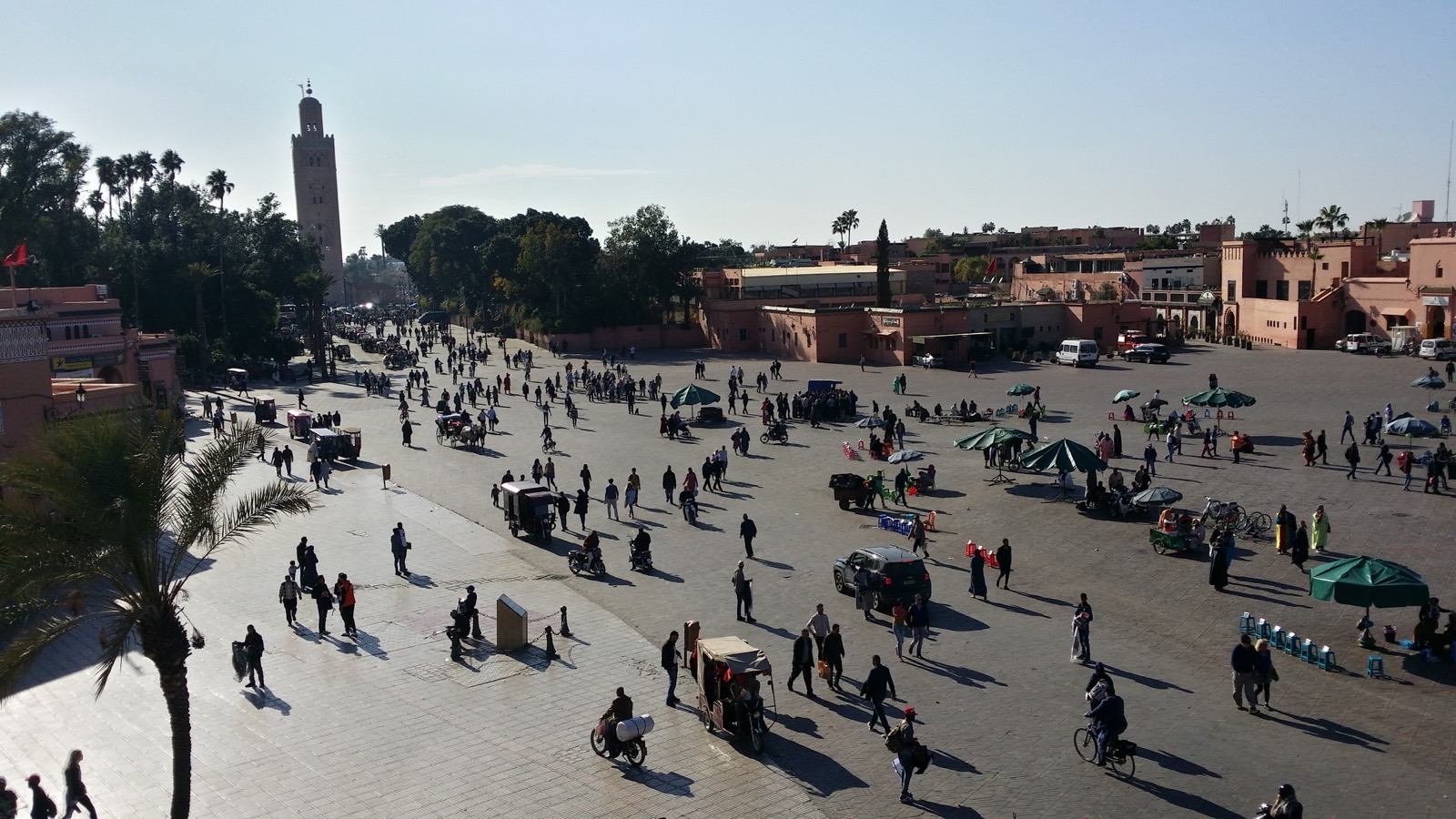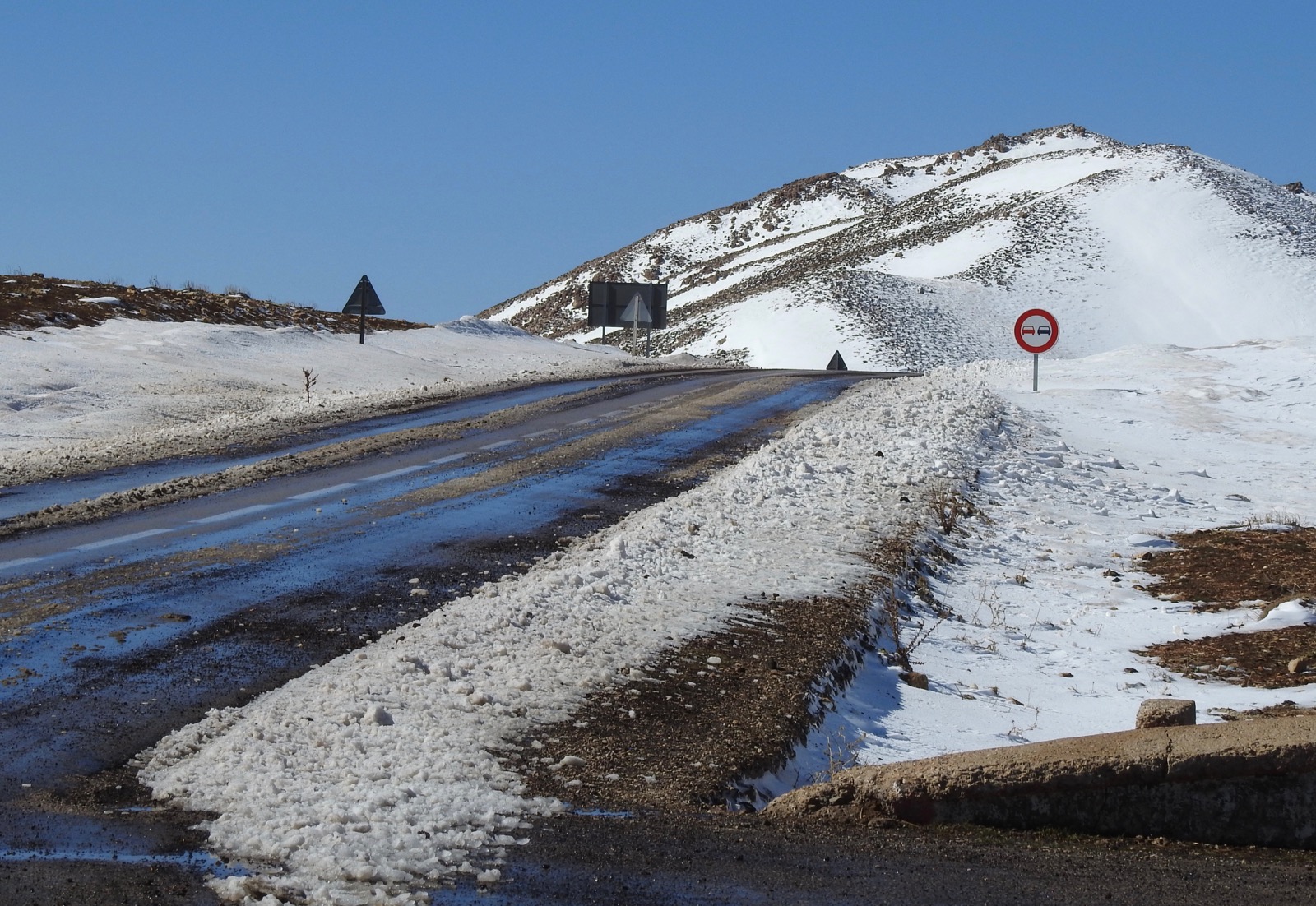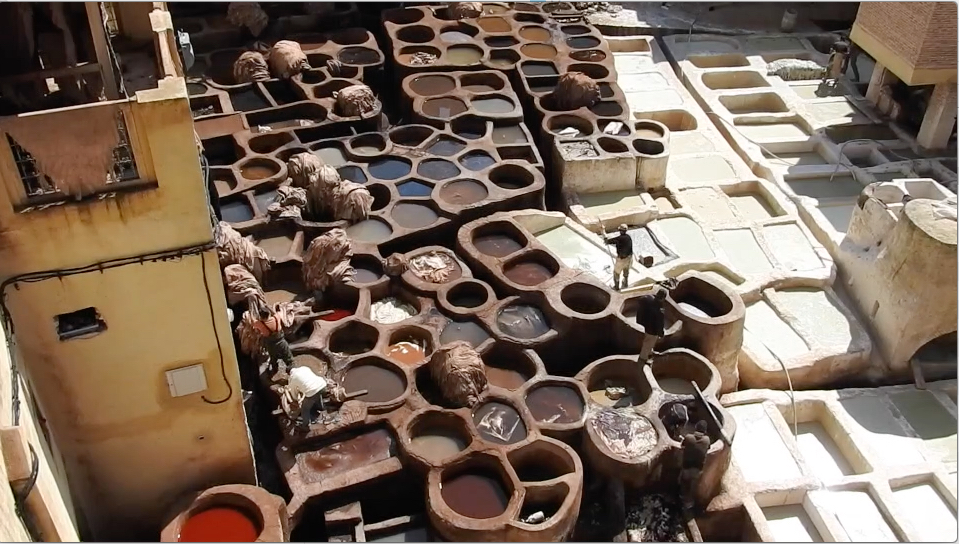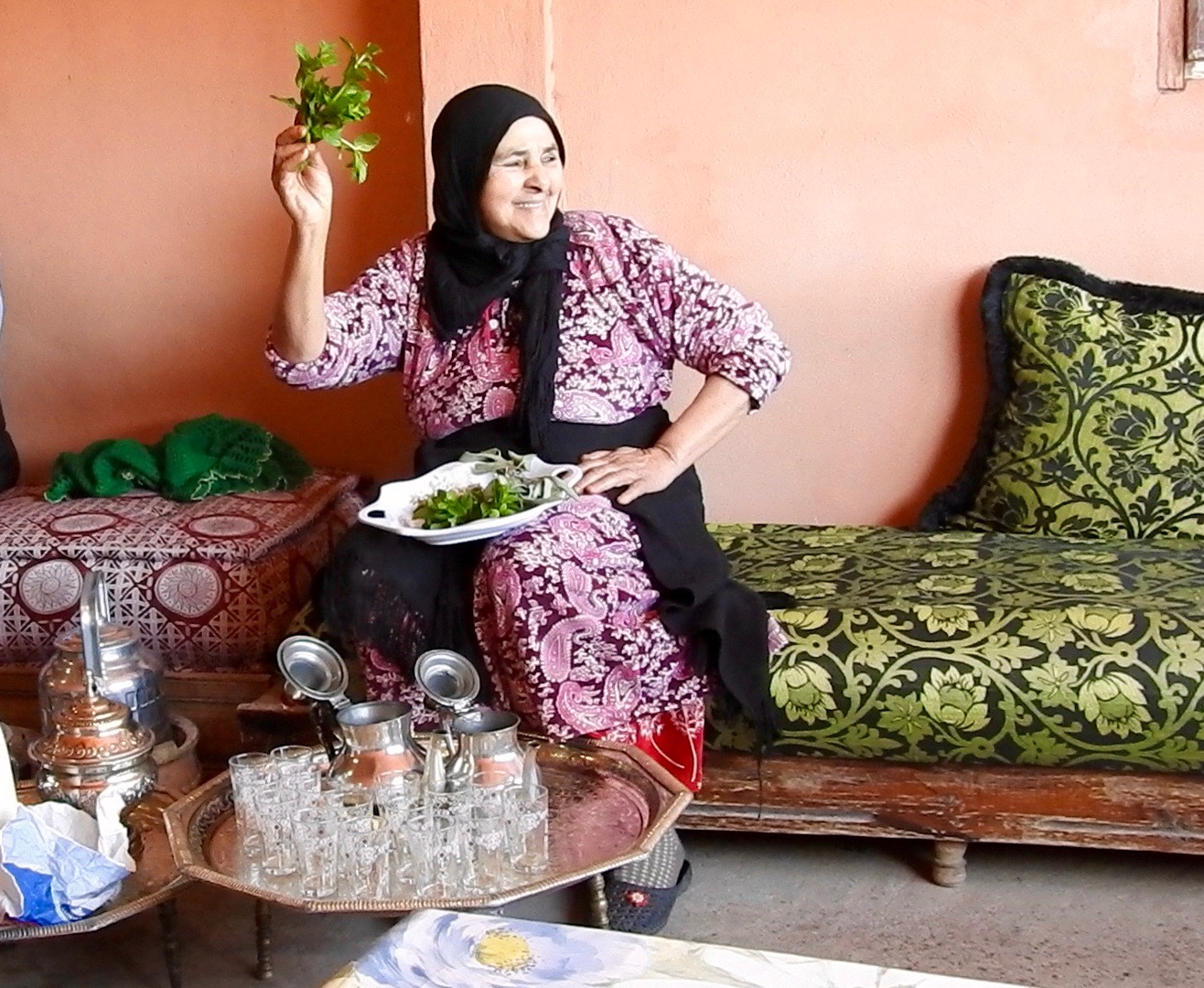Morocco

Arrival in Marrakesh.
A short 3 hour flight this afternoon and arrived here at around 5.30 with a temperature of about 24 degrees. Distant views from the airport of snow capped mountains. A short drive took us to the Riad where we are to stay and we were greeted with drinks of mint tea and almond pastries flavoured with rose water. Tomorrow the tour starts with a walking tour of Marrakech. A few photographs to show you where we are staying for the next three nights.
Read More…
Walking tour of Marrakech
Clear blue skies and temperatures in the mid twenties today. After breakfast we had a briefing to describe the plans and options for the next two weeks and then we were off for a walk around town. Our first stop was to visit the Saadian Tombs, the burial place of princes from the 16-18th century. A series of beautifully decorated rooms and very impressive. From here we continued to the Palais el-Badi built by the ruler, Ahmed el-Mansour after his victories over the Portuguese in 1578. The palace was to be used for receptions and audiences with foreign embassies. The name, el-Badi, means the Incomparable, and is one of the 99 names of Allah. At its time it was very elaborately decorated, but is now largely demolished. On the roof of the building we saw a large number of nesting storks. We had a nice three course lunch and continued our walk to the Palais Bahia ( the name means Palace of the Favourite) and was built by two powerful viziers ( the equivalent of a prime minister, in terms of function but with more status than our PM!). This is a large complex with elaborately decorated rooms (painted ceilings and roof beams and intricately designed plasterwork) and open courtyards with orange, banana trees and date palms. The next stop was the Place Jemma el-Fna. This is a large area full of market stalls and a more open area which comes alive later at night when it is full of snake charmers, fire-eaters and story-tellers and such. We did see some of the snake charmers and performing monkeys. On the way out we passed the Koutoubia Mosque, this dates from the 12th century and the minaret is the tallest structure in the city and nothing is allowed to be built higher ( the buildings here are all comparatively low level compared with what we are used to). Tonight we have a meal laid on for us at the Riad. Forgot to say last night when we checked in we were given mobile phones for use in an emergency if we got lost – very easily done in the city which is warren of small lanes and alleyways.
High Atlas Mountains and Majorelle Gardens.
A very light breakfast after another lovely meal last night. The morning was taken up with a drive along the Ourika Valley looking towards the snowy peaks of the High Atlas Mountains. Along the road we passed olive groves, goats and camels. There are ski resorts in the mountains, close to Marrakech. We stopped at several points to view the valley and the approaching mountains. As we progressed the land became greener and more fertile as this area is artificially irrigated from the melt water off the mountain slopes. We made a stop at a Berber house and saw the features of the house including a one man sauna and a room inside the house for two cows and a goat. We were shown the traditional ceremony for making mint tea for guests and were give freshly made bread with homemade butter flavoured with thyme and local honey as well as various nuts to eat. At the furthest point of our drive, we stopped for a description and exhibition of the hand made Berber carpets. The carpets here are made by a co-operative of over 1000 village women and they receive 70% of the price of the carpets. Each carpet is unique, not made to a planned design but from the imagination of the women, and using symbols to sometimes tell their life’s story. Some of the symbols refer to the tattoos the women have on their chins to indicate whether they are married or are available to marry. Some members of our group succumbed to temptation and bought a carpet. From here it was a return to Marrakech and a large lunch at the La Mamounia Hotel. This is an impressive luxury hotel with a large garden of orange trees. Winston Churchill stayed here and you can stay in his suite for 4000 a night (including breakfast). Our final stop was the Majorelle Gardens. This is a small garden in the New Town district of Marrakech. It was made in 1931 around a house built a few years earlier and an Art Deco Studio was added later. Subsequently the house was acquired by the clothes designer Yves St Laurent and the gardens restored. There are bamboo, palms and over 1800 different cacti. The studio has been converted into a small and very beautiful Museum of Berber art and culture. It will just be soup and bread for tea if we can manage it! We have acquired new nicknames – ‘Ali Baba”.
Casablanca
There was fog first thing, but it lifted during the morning and turned into a fine day; slightly cooler, but still in the 20’s. We drove out of Marrakesh following the town walls through a protected area of hundreds of thousands of date palms, some of which are over a thousand years old. It is spring so the grass is green and there is an abundance of wild flowers. A three hour drive took us to Casablanca in time for lunch. Casablanca is a big modern city, the country’s major port, financial centre and industrial hub. A lot of the beautiful French style buildings from the 1920’s and 30’s have been demolished and replaced with modern buildings. Our main tour of the day was to the King Hussain II mosque. This was commissioned by the former king and was completed with the aid of 35000 craftsmen in 1993. It is now the 3rd largest mosque in the world. The minaret is the tallest religious structure in the world at a height of 210 metres; at night a green laser light shines out from its top to a distance of over 20 km to indicate the direction of prayer. The building is constructed of Moroccan marble and cedar wood and lit with Italian glass chandeliers. The prayer hall has a capacity of 25000 people, with space for a further 80000 in the courtyard outside. An impressive and beautifully decorated building. An hour’s drive took us to our hotel for the next two nights ( about another hour’s drive From Rabat which we will visit tomorrow). Before dinner we walked on to the beach and watched the Atlantic waves breaking on the rocks, as the sun set.
Rabat
Another warm sunny day,but since we are at the Atlantic coast it can be quite windy. A slow relaxed start to the day with a one hour drive along the scenic coast to Rabat. This is the political and administrative capital of the country. We drove round some of the 12 century walls before entering the city, where we also saw a later wall from the 17 century built by Muslim refugees from Spain. Our first tour was of the Chellah Necropolis. We entered through an impressive gateway complete with a colourfully dressed drummer. Above the arch of the gate the inscription gives the name of the builder and a date of1339. A walkway lead to views of the valley below. One of our photographs shows a tree, if you look carefully the trunk of the tree resembles a rhinoceros. The site was chosen by the first ruler of this region as the site of a mosque and the burial place of his wife; he and his successors are also buried here. There were a lot of storks here, even nesting on the roof of the minaret. Also at the site were some archeological remains of an earlier roman city here called Sala Colonia. One of the photographs also shows our tour guide identified by his robe and the yellow sandals. From here we moved on to see the Mausoleum of Mohammed V and the Hassan Tower. The mausoleum contains the bodies of the grandfather, father and uncle of the present king and includes a mosque as well. It is built of white marble, with a green roof and is guarded by a ceremonial guard, some of whom are on horseback. The Hassan Tower is an unfinished miner era mosque built about 1196. The mosque would have been the biggest in the world at the time. All that remains of the prayer hall are the supporting columns, like much in this part of Morocco the rest was destroyed by an earthquake centred in Lisbon, Portugal in the 1700’s. By now it was time for lunch we had in a small cafe, specialising in seafood, on the banks of the river. The final part of today’s tour was a walk through the Kasbah. This is a fortress built on top of a cliff and contains narrow streets with blue and white painted houses, very pretty. We finished with views over the ocean, watching surfers braving the waves.
The road to Tangier
Not wishing to gloat (having seen what the weather is like in the UK), another warm sunny day here, although there were some patches of fog earlier on. Drove along the motorway for an hour or two. The north of Morocco has more rainfall than the South and the climate is like that of Southern Spain. This is good agricultural land. We passed through a large forest of cork oaks and progressed to areas growing avocados and strawberries and bananas (grown in poly-tunnels). Our first stop was in a small town called Larache – a town with a long and chequered history between the Spanish and the Arabs ( but we did also see a British cannon in the mix as well). The newer part of the town had a Spanish look, but the small streets of the old part were charming. We entered the medina through a gate into the market area, although since today is Friday a lot of the small shops were closed, and we could hear the chanting of verses from the Koran in the mosque. The streets led down to a viewpoint overlooking the harbour and the fishing boats. Across the river are the only partially excavated remains of a major Roman City called Lixus. Passing this site we stopped briefly to see the vats the Romans had used to pickle fish (tuna) in brine. A short drive took us to our lunch stop in another good seafood restaurant in the town of Asilah ( vegetable couscous as usual for the only vegetarian in Morocco). After lunch we walked through the town, seeing the strong defensive walls. This had from 1471 been a Portuguese town until it came under Moroccan control in 1691. Again narrow streets with decorative houses and a large number of pieces of street art painted on the walls. We drove along the Atlantic coast until we reached a point at which the Atlantic Ocean and the Mediterranean Sea met and we could look back across to Europe and had a distant glimpse of the rock of Gibraltar. Then on to our hotel for the night in Tangier to prepare for an earlier start in the morning.
Through the Rif mountains to Fes
A long day today starting on the road at 8am and arriving at our hotel at 8pm. A bright start to the day but cooler and overcast during our time in the mountains. Our first stop was in the town of Tetouan, which appeared as a cluster of white houses clinging to the hillside. A sizable town with a population of about 600000 people. We stopped briefly to see some of the Spanish colonial style buildings and saw the Royal Palace. However, we spent most of our time being led through the maze of narrow streets that make up the medina. This is a World Heritage site. The streets are lined with small shops, each the size of a large garden hut and selling everything, silk threads, meat, fish, gold jewellery, there were silversmiths and cobblers and very old mosques- just about everything. We visited the old Jewish quarter and saw the site of the synagogue. Jews were expelled from Spain in the 15th century and came here to bring their trade skills with them. In this area we also saw a bakery and people bringing in their own dough for the bakers to bake. As we walked the streets there were lovely smells of spices and from bakeries and cake shops. A short drive up into the mountains, passing grassy fields with tethered goats, lots of wild flowers and blossoms, took us to the town of Chefchaouen. First we had lunch – more fish or a vegetable tagine and then another guided walk through the town. Lots of blue painted buildings. This is a very touristy place and is popular with backpackers, but it is very beautiful. Back onto the road for a long but very scenic drive. Passed a lot of bee hives. Our journey was slowed by crawling along behind overloaded hay wagons, but got to the hotel in time for dinner. The best hotel yet (see the photos of our room). Change of plans for tomorrow when we will tour Fes, and we will now visit Meknes the following day.
City tour of Fes
A bright sunny day again, cooler, but very pleasant to walk in. Fes is a walled city with the ancient walls extending around 14 km in length around the city. Our first visit was in Fes el-Jedid, which means new or white Fes. Despite its name this part of the city was founded in 1276. Our first visit was to the gates of the royal palace, this is a magnificent gateway with imposing bronze doors. From here we walked into what had been the old Jewish quarter, the street we passed along was now full of shops selling objects for weddings and also some lovely dates. A short bus ride took us up to a vantage point which gave a panoramic view of the whole city, and several of the places we were to visit during the day were pointed out to us. We continued to see pottery and watched the apprentices making and decorating pots and making very complex mosaics using fragments of coloured tiles to make tables and fountains. Now we entered the old part of the city and spent quite some time wandering through the narrow and busy streets of the souk. Different parts of this market place specialise in particular products, and we were fascinated by the variety of goods on offer- clothes, fish, nougat, dates, goats heads, live chickens etc. During the walk we saw many fine buildings, including the site of the world’s oldest university. We visited the tanneries having first been given a sprig of fresh mint to hold under our noses to ward off the smell. This area has been renovated, and is not as smelly as it once was. The hides come from sheep, goats, cows and camels and are soaked in vats of (among other things) chicken poo. After drying they are dyed using natural materials. The resulting leather can be very fine (particularly the got skins). Several of the party bought leather jackets which could be made to measure within about 5 hours. By now it was time for lunch which featured a very nice chicken pie in filo pastry and with a dusting of sugar and cocoa on top (vegetable pie alternative). After lunch we visited the Bou Inania Medersa ( a school for learning the Quran and astronomy). This was built between 1350 and 1355 and consists of a mosque, student dormitories and a minaret. Another very beautifully decorated building. From here we went to a small museum (Musee Dar el-Batha with a small peaceful garden. Just time before dinner for another walk through the souk and a visit to another carpet shop.
Roman city of Volubilis and Meknes
Watched a lovely sunrise when we went to breakfast and a warm sunny start to the day. We drove out of Fes along the same road we travelled in the dark the other night. This has the Middle Atlas Mountains on one side and on the other the Rif Mountains. We stopped briefly for a panoramic view of a reservoir and the multicoloured hillsides around it. We continued to the old roman city of Volubilis. There had been an earlier settlement here before the Romans took over in AD 45. It fell into decline in the fourth century and subsequently a lot of stone was removed and reused in buildings in the nearby town of Moulay Idriss. Volubilis occupies a large site, but only about two thirds of it has been excavated. We saw the Triumphal Arch, the temple, the marketplace, and the oil press. In the reminds of some of the houses were impressive floor mosaics, one of an athlete on the back of a donkey, one of fish, others depicting scenes from Roman stories of the gods. A short drive from here was Moulay Idriss where we stopped to see the Tomb of Idriss I (We had seen the tomb of his son yesterday in Fes) he is a descendent of the prophet Mohammed and brought Islam here and founded the first Arab-Muslim dynasty in Morocco. He died in 791. A further drive took us into the city of Meknes for lunch. By now the weather changed and we had rain from about 2pm onwards.we made a short visit to see the royal granaries which were built to contain sufficient grain to supply the city for 5 years if it was attacked, and the royal stables which were made to house 12000 horses and their grooms. Back then to Fes to prepare for a 6-30 am breakfast and our departure for the South and the Sahara desert.
South to the Sahara
On the road before 7.30 , another warm and sunny morning. A long but very scenic drive today which will take us above the snowline of the Middle atlas mountains (the Switzerland of Morocco), down to the equivalent of Arizona and then on to the desert where our camels are waiting for us. Started the drive passing more almonds and peach blossoms. As we started to climb higher the cooler conditions favoured the growing of walnut, apple and cherry trees. After an hour and a half stopped at Ifrane, a small garden city with a certain Alpine feel, complete with patches of snow. Houses with sloping roofs to cope with the winter snows. This town holds the record for the lowest recorded temperature in Africa, -24 degrees. Now to a cedar forest. As we climbed higher we found more and more snow, and a snow plough. Passed a ski resort and eventually reached a height of over 2000m ( 7000ft). Dropped down from the Middle Atlas onto a plateau heading towards the larger High Atlas. The plateau is cool and suited to the growing of apples. We crossed the High Atlas following a mountain pass. We stopped for a quick lunch òf trout and chips or vegetable tagine and then continued to wind our way through the mountains. Very warm and dry here other than the snow on the mountain tops. Some water flows in the river beds, but they will be dry in the summer. Passing through a small tunnel marked our passage into Southern Marco. We passed a large reservoir which feeds into the world’’s largest oasis (Ziz oasis). After arriving at our hotel for the night we jumped into a 4×4 car and we’re driven off to a point in the desert about 20 km from the border with Algeria. Here our camels were waiting for us and we had a lovely ride over the sand dunes and watched the sunset. Back to the hotel for dinner and an early night.
Travelling Westward
A later start this morning. A warm and sunny day. Before we left the hotel we took in the view towards the desert and the sand dunes and vIsited the hotel’’s stable of camels (including a mother and baby). The desert was originally the floor bed of a vast ocean and contains the fossilised remains of the sea creatures living there millions of years ago. A few minutes drive from the hotel took us to a factory where they take quarried stone from the desert and expose the fossils. We saw a variety of the fossils and the sculptures and other items made from the stone (marble).the wash basins in last night’s hotel were made from this marble and the fossils had been exposed perfectly, very decorative. As we left a wind blew up creating a small dust storm, blowing sand across the road and creating a dusty haze as we looked out. We were given an explanation of the irrigation system used to bring water from the desert into the Oasis. The system was developed over 5000 years ago in Persian. A series of Wells are dug down to the water table and a connecting channel dug between them. Water coming from the mountains then flows vast distances along these channels to feed the Oasis. We drove for a while with views of the High Atlas and Ante Atlas mountains in our sights. We made a brief stop to enjoy a panoramic view of an oasis and then it was time for lunch of chicken or vegetarian tagine. Despite the roasting outdoor temperature there were heaters blasting away in the restaurant. After lunch we drove and walked along the spectacular Todra gorge – a narrow and his sided river valley. Our final stop was a walking tour of an oasis to see the crops being grown under the shade of the date palms. The brand beans were flowering well with not an aphid in sight, there was lovely almond blossom. Then onwards to the hotel for a 7.30 start in the morning.
Valley of a 1000 kasbah
As with every morning our first thoughts are as to what we will have for lunch! It was very windy overnight, but we saw a beautiful sunrise. Cloudy start to the day and much cooler, with a fresh fall of snow on the mountains. After about an hour of travelling (8.30am) the clouds started to clear and we had blue skies again. We travelled along the valley of the 1000 kasbahs and the valley of the roses. The kasbahs are strongly fortified houses or collections of houses built to protect the family’s wealth. The Damask roses in this area are grown to produce rose oil from their petals for use in perfumes and rose water. We stopped in Ouarzazate for an explanation of the uses of various perfume oils and spices. This area has been used for the filming of many movies, such as Gladiator, Return of the Mummy, Jesus of Nazareth and Lawrence of Arabia. We passed the Atlas and CLA film studios. We had a short walk through the partially restored Kasbah Tataourirt. A short drive took us to the Kasbah of the Stars where many films are shot and a climb up many steps rewarded us with stunning views of the surrounding area. Very windy at the top and we had seen several sandstorms during the morning. We could see the making of a film about Roman soldiers below us. Lunch was soup, omelette, meat kebabs and, you’ve guessed it, vegetable tagine. After lunch another four and a half hours of driving, taking a winding road with lots of hairpin bends up, over and down the Ante Atlas mountains. We stopped for the panoramic view from the top.
Northwards to Essaouira
Last night’s hotel had a beautiful garden, with banana,orange and lemon trees covered in fruit and blossom. There were also roses which produced a lovely scent when we arrived and lots of birds. This morning we drove a few miles into town where we had a ride in a horse-drawn carriage round the walls of the media (walls are about 7 km in length. This was followed by a walking tour of the media where we saw the different stalls of the market and all the fragrant fresh herbs and spices. We were told the sad story of the name of the town (Taroudant). A woman was down at the river with her children and animals when there was a flash flood as the water came down from the mountains. Her children and animals were drowned and the rest of her life she was heard crying out Taroudant (which means, ‘My children are gone’). We visited a main square where we watched the story tellers and musicians entertaining the local farmers in the market. Drove onto Agadir passing through a flat, agricultural region, with tomatoes and bananas grown in polytunnels and fields of orange trees. Quite a big contrast with the last few days. The old part of Agadir was destroyed by an earthquake in 1960 and thousands of people died. We saw some of the port with the fishing boats tied up as the sea was quite rough (this meant no sardines for lunch which we had been promised). Further on we stopped to view the Atlantic waves roaring into shore. This is the one area in the country in which bananas are cultivated in the open rather than in poly tunnels. Our late lunch stop provided a choice of goat tagine or vegetable tagine. Driving on we passed through an immense forest of Argan trees. These are also known as goat trees as when the vegetation dies down the goats climb the trees to eat the foliage and fruit (side benefit of this is to propagate the trees). The fruit of the tree contains a nut which is used to produce an oil for cooking and for cosmetics. This has become popular in Western countries and is now an expensive product. We watched local women in a Cooperative in the oil production process (all done by hand). A 15 minute drive took us to our hotel for the next two nights.
Essaouira
Woke up this morning to a warm day but very windy. We had a leisurely breakfast and started the tour at 9.30. A two minute drive took us to the medina walls, and then we had a walking tour until a late lunchtime. The medina was built in the 18th century to a plan by a French architect, so very different to places we had been to before. We started in the old Jewish quarter where we visited a workshop specialising in very fine handmade silver jewellery (filigree). Then we moved on to the wide streets of the market (lots of cheap clothes like Glasgow’s Paddy’s market), but also nice spices, vegetables, and pieces of artwork. We called in at the fish market, but many of the stalls were empty because agin the water was too rough for the fishing boats to go out in. Another Worksop we visited specialised in inlaid wooden objects, boxes, chess boards, tables and the like – very beautiful and tempting. We walked on to the harbour and saw all the fishing boats and explored the old fort. It was then lunchtime and a trip to a nice seafood restaurant where we had swordfish tagine and……..gnocchi with sage butter, so we were both very happy. We were going to walk back to the hotel along the beach, but the heavens opened and we came back on our tour bus. However our waterproofs have gone unused the whole trip. We are now sitting in the bar with our cocktails waiting until dinner time. Tomorrow is a late start for our drive back to Marrakech.
Going Home Day
Just a few last pictures taken this morning on the beach. Enjoying the sunshine and the warm weather while we can. In a short while we will be driving back to Marrakech and the airport for the late flight back to London, then home the day after.
Total distance travelled on our 2 week bus tour was 2,700 Kilometres (Approx 1,700 miles)
Images
Videos
Map
